F. Philip Barash works to shape more vibrant and just places.
Through journalistic and narrative writing, I expose stories about the changing American landscape. By facilitating urban planning projects, I contribute to shared places and social infrastructures of communities. And in my public curatorial and teaching practice, I engage contemporary issues that affect the built and natural environments.
⸻
Common themes across my work include architecture and landscape, placemaking and public art, community engagement and civic projects, and equity and spatial justice.
See all.

The geography of emptiness
And yet policy and economics fail to fully describe the value of this land, to account for embedded histories and belongings, to recognize that an empty lot is full—brimming with stories and significations.
FORTHCOMING | You are not welcome: the difficult politics of belonging on the Tierra Amarilla Land Grant
The politics and ethics of northern New Mexico, half-million acres of Tierra Amarilla Land Grant, are a microcosm of a nation whose attitudes towards land are dramatically shifting.

OlmstedNow: an inclusive vision for the greater Boston Olmsted bicentennial
Frederick Law Olmsted is central to how we think about and use public spaces. Ahead of his bicentennial, ideas about shared places, shared wellness, and shared power are central to a public engagement campaign.
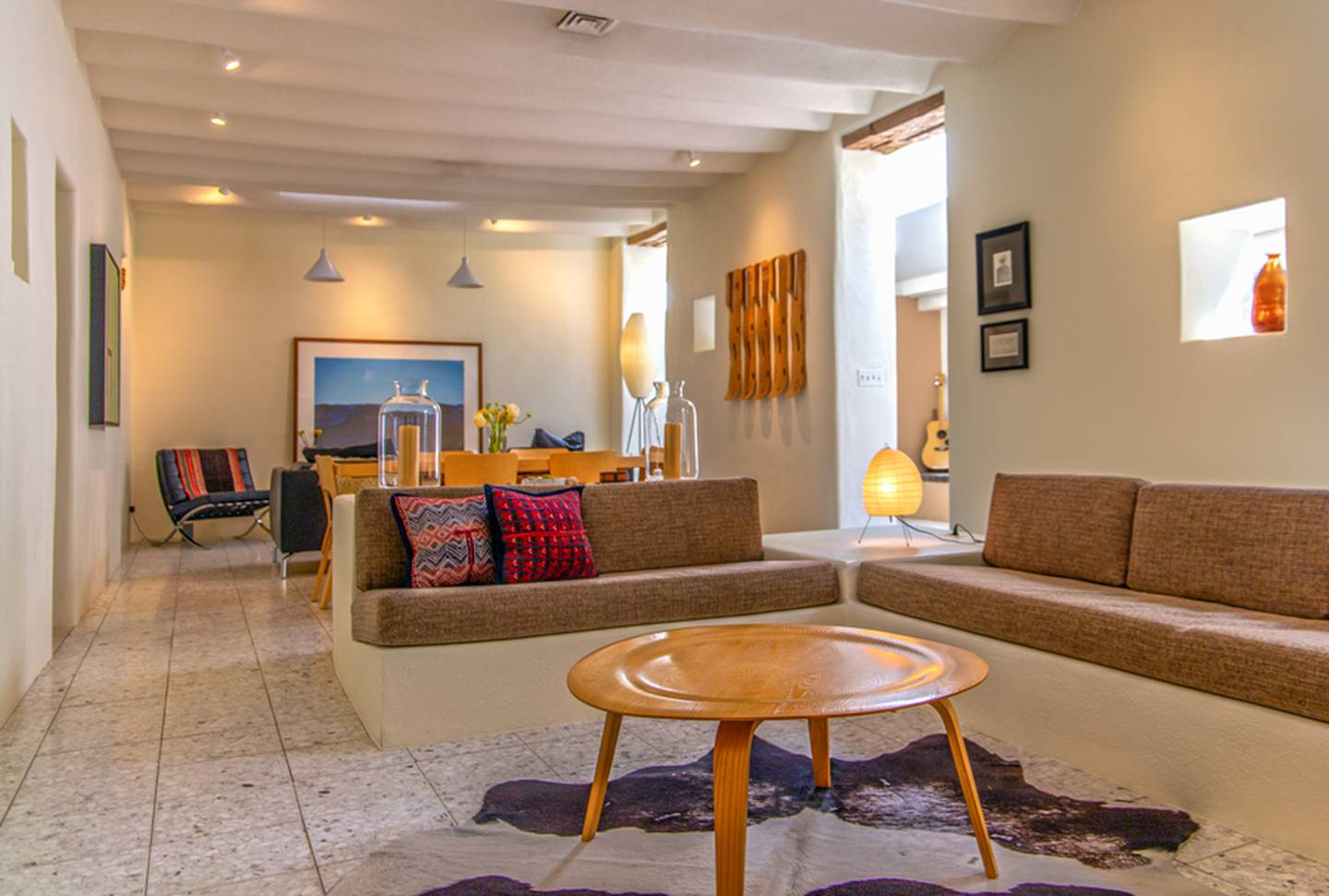
Restoring the Alexander Girard home
Alexander Girard inflected the modernist vocabulary with color, joy, playfulness. He countered postwar ideals of abundance and efficiency with craft objects, misfits in both the worlds of high art and industrial production.
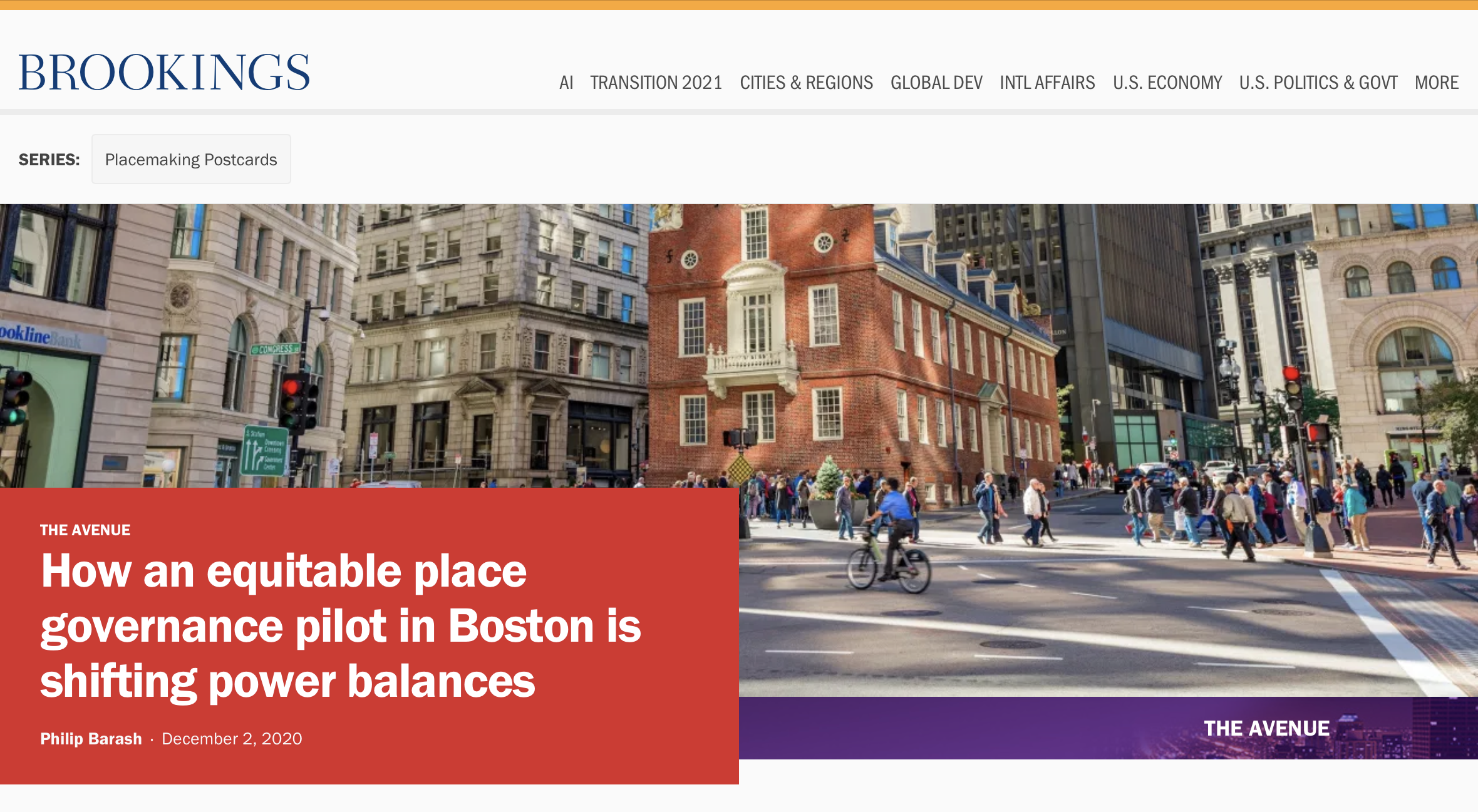
How an equitable place governance pilot in Boston is shifting power balances
If Boston has any hope of altering development dynamics to center community interest and spatial justice, we need to continue shifting the power balance.

State v. Jahn: the Thompson Center is dead, long live the Thompson Center
What more can be said about the Thompson Center that has not already been said by the legions of its champions and its detractors? That it is a masterpiece, a tour de force of postmodernism? That it is an eyesore out of character with its urban context? That it is monumental in a city resplendent with monuments? That it is a monstrosity? That it is sublimely beautiful? That it is sublimely ugly?
FORTHCOMING | The house that spite built: Abby Beecher Roberts and a lost Jens Jensen landscape
Jens Jensen and Frank Lloyd Wright enjoyed a long and productive collaboration. But by 1937, the two friends were beefing. The cause of their enmity? A project in a remote Michigan town, commissioned by an extraordinary client.

How White City became Black space: notes on Jackson Park
President Andrew Jackson’s legacy—defense of slavery, hostility to abolitionism, violent removal of indigenous tribes—is the exact opposite of the ideals that the park, once known as Lake Park, was designed to demonstrate. And yet it is also a smirking, swaggering irony, for Jackson Park today is no more a tribute to Jackson than a monumental middle finger.

Into Detroit’s backwater
River Rouge follows the city’s westernmost border through marsh, heavy industry, and warrens of postwar housing. It flows far from the showpiece parks of downtown, extreme and remote.

Design 50 profiles: Theaster Gates, Jeanne Gang, Obi Nwazota, Kara Mann et al.
But distance affords a clearer view of the contours of an ecosystem that Gates’ Rebuild Foundation has cultivated—an ecosystem in which one project accrues to another’s value and in which the ordinary indignities of lost things, decrepit buildings or forgotten places return to grace through the sustained lift of a creative, if occasionally doctrinaire, optimism of Gates’ advocacy.

The ecology of Maya Lin: a memorial for the planet
But celebrity isn’t unambiguous: public visibility means that Lin is continually outing herself—as a woman, as a Chinese American, as an outsider.

The Africana collection: Norman Teague’s diasporic design
“Africana” is simultaneously a declaration of intent and a perfectly human, warm thing — “comfortable with its Blackness” — and shaped by one body for the use of others. The collection is tactile and tough.

The state of art with the statesman of architecture: Stanley Tigerman on the Chicago Architecture Biennial
The Chicago Architecture Biennial recently announced a theme for its inaugural year. The theme, “The State of the Art of Architecture,” pays homage to a landmark 1977 conference organized by architect Stanley Tigerman at the Graham Foundation for the Advanced Studies in the Fine Arts.
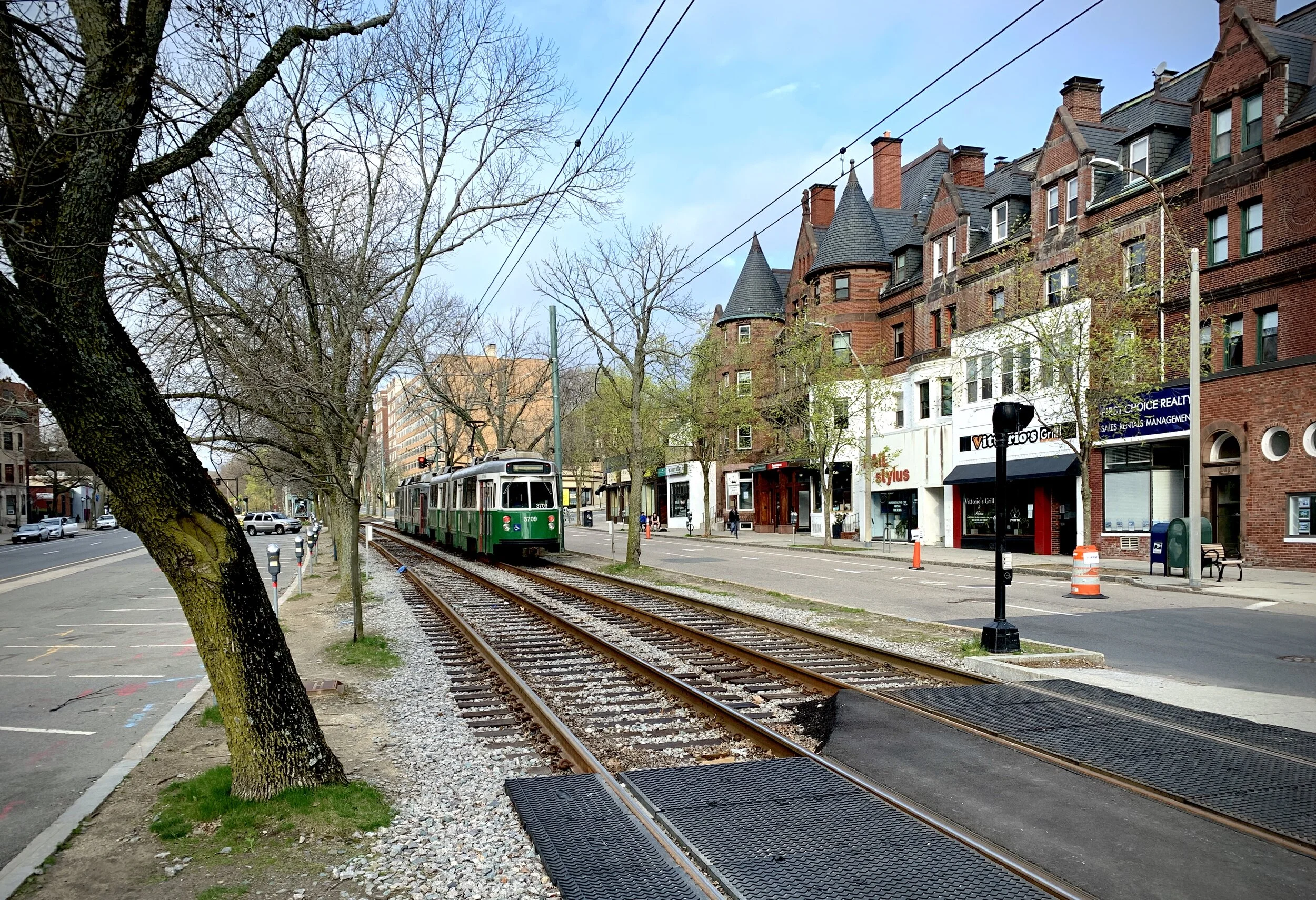
In public: notes from Beacon Street
Times of crisis can have the quality of deepening our perceptions, of revealing that which awaits just beneath the surface. The Emerald Necklace is social mobility infrastructure guised as green space. Beacon Street is a social space hidden in mobility infrastructure. To borrow a phrase from a different radical moment, sous les pavés, le parc.
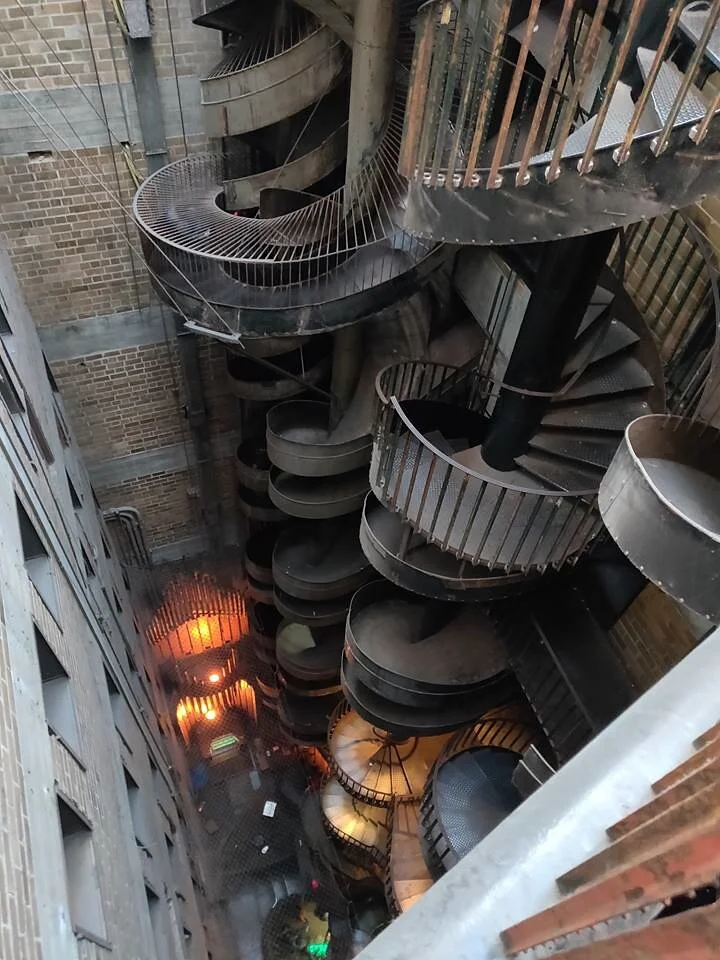
City guides: Louisville, St. Louis, Detroit
According to lore, the late Lady Charles Perrine stipulated that after his spirit leaves this mortal coil, his ashes be washed down the curb with — what else? — a can of Budweiser. To this day, men of a certain age slow their pace and sigh as they approach the sewer grate nearest Herbie’s entrance.

Designing for the urban sublime: the uncanny as a programmatic motivation in new city parks
The spaces that are most meaningful, the spaces that draw us back time after time, are precisely those that exercise upon us an effect that is irreducible either to the trade jargon of design or to bland entertainment programming.

The new park in the park: musings on Maggie Daley Park
Maggie Daley Park, and others like it, teach the vogue curriculum of creativity and innovation. But the older parks had their own pedagogical approach. They were a Cliff’s Notes of the urban experience, a compressed and variegated lesson in history, social class, real estate economics, race and anatomy.

Some barbarian or another is always at the gate
Design swept the 20th century like an invading horde. It leveled craft guilds and their stratified structures of apprenticeships. It endangered masons and clothiers and ironsmiths and poets by demystifying production. It shattered the idea of the artist, the genius, the creator, the One, in favor of a repeatable universe of objects, images, and places, without an end in sight.
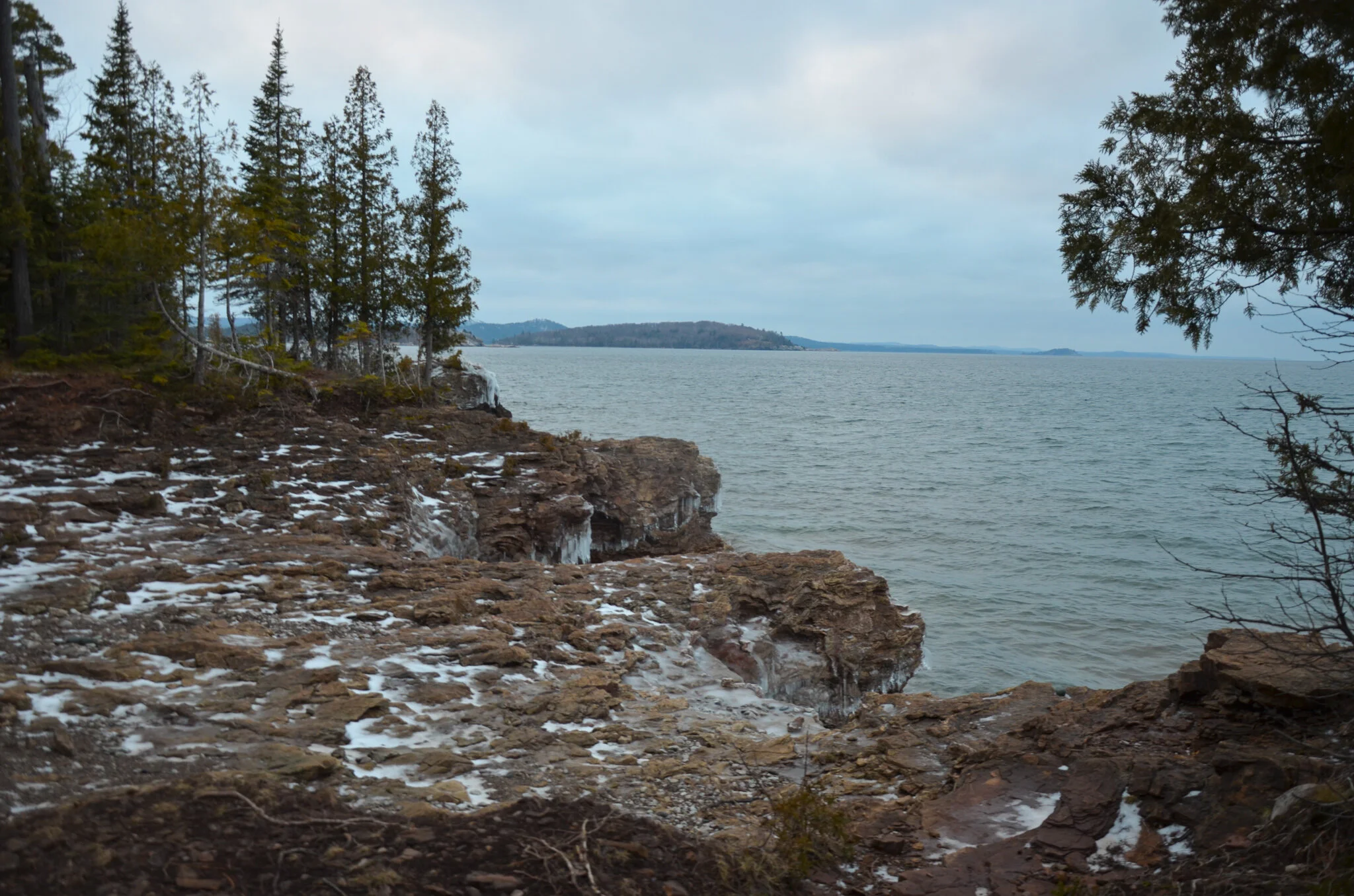
What’s out there: Presque Isle
An austere peninsula jutting into Lake Superior, this land had been inhabited by native tribes for as long as 7,000 years prior to the arrival of Jesuit settlers, who named it “almost island.” Deeming the natural landscape “exceedingly interesting, beautiful and picturesque,” Olmsted set the precedent for maintaining Presque Isle in its natural setting.

CHGO DSGN: Chicago Cultural Center
Such is design’s central paradox: at its most successful, designed objects are anonymous and almost entirely imperceptible—part of the texture of everyday life. They are the objects you encounter without remark. But at CHGO DSGN, when plucked from context and installed in a gallery, the everyday object becomes special: as hopeful, as significant, and as erotic as a fetish.
